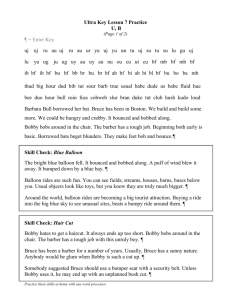"The First Part Last" Fiction Analysis Template
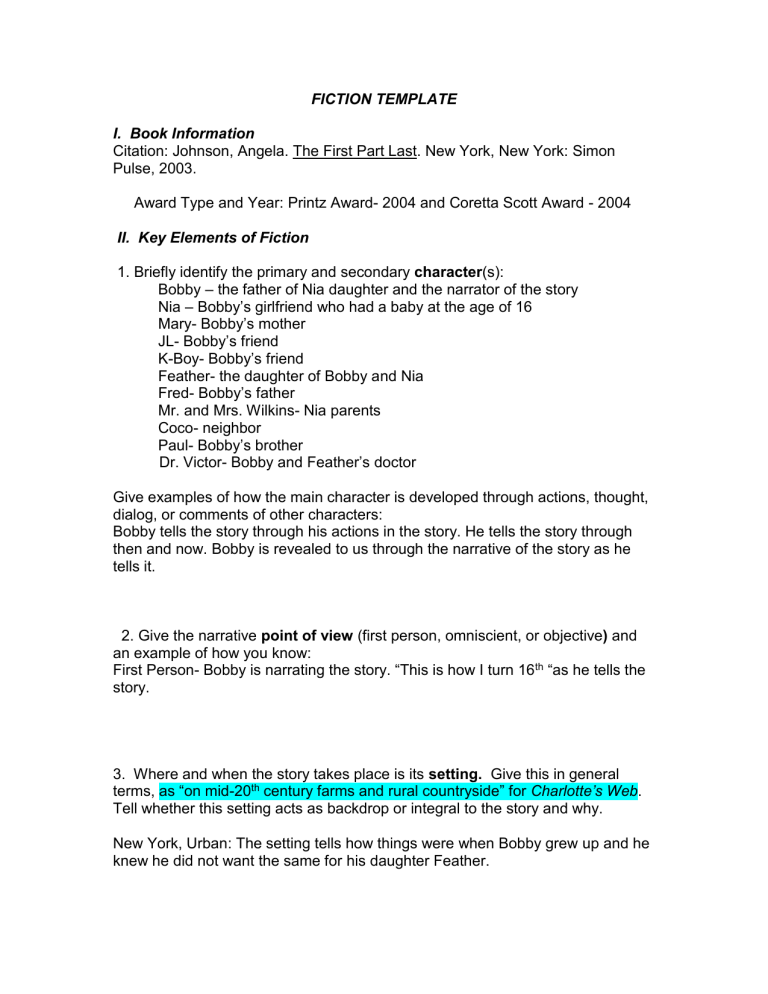
FICTION TEMPLATE
I. Book Information
Citation: Johnson, Angela. The First Part Last. New York, New York: Simon
Pulse, 2003.
Award Type and Year: Printz Award- 2004 and Coretta Scott Award - 2004
II. Key Elements of Fiction
1. Briefly identify the primary and secondary character (s):
Bobby – the father of Nia daughter and the narrator of the story
Nia – Bobby’s girlfriend who had a baby at the age of 16
Mary-
Bobby’s mother
JL-
Bobby’s friend
K-Boy- Bobby’s friend
Feather- the daughter of Bobby and Nia
Fred-
Bobby’s father
Mr. and Mrs. Wilkins- Nia parents
Coco- neighbor
Paul-
Bobby’s brother
Dr. Victor- Bobby and Feather’s doctor
Give examples of how the main character is developed through actions, thought, dialog, or comments of other characters:
Bobby tells the story through his actions in the story. He tells the story through then and now. Bobby is revealed to us through the narrative of the story as he tells it.
2. Give the narrative point of view (first person, omniscient, or objective ) and an example of how you know:
First Person-
Bobby is narrating the story. “This is how I turn 16 th “as he tells the story.
3. Where and when the story takes place is its setting.
Give this in general terms, as “on mid-20 th c entury farms and rural countryside” for Charlotte’s Web
.
Tell whether this setting acts as backdrop or integral to the story and why.
New York, Urban: The setting tells how things were when Bobby grew up and he knew he did not want the same for his daughter Feather.
4. Now explain the central conflict of this story as character vs. character, character vs. nature, character vs. society, character vs. self: character vs. character: Bobby is dealing with himself as a teen and being a father. He has to raise Feather without Nia and it is not so easy.
5. Give an example of any of these plot elements that are important in this title: Chronological order, parallel plots from multiple points of view or story lines, subplots, flashbacks, episodic story line, suspense, foreshadowing, cliffhangers, open ending
Flashbacks: Bobby tells the story alternating between now and then. Bobby tells his point of view and there is a chapter where Nia tells her part. The story is told with the first part last. You get the ending before you are told what happen at the beginning of the story. Suspense- How Bobby became a single parent. Then recount Bobby’s life during Nia’s pregnancy and now deals with the reality of being the primary caregiver of his daughter.
6. The climax is the high point of the story’s action. After that comes a resolution of the story’s central problem . For example, in
Charlotte’s Web
, the high point of the action comes when Charlotte because of her friendship with
Wilbur at last guarantees Wilbur’s safety. The resolution comes when Wilbur understands that he can remain true to his friend by helping and befriending her children. In one or two sentences, explain the climax of this story’s action and the resolution or working out of the story’s central problem:
Nia gives birth to a baby girl and slips into a coma. Nia ended up in a vegetative coma. Bobby decided to keep the baby and raise her by himself.
7.
Theme is one of the key elements of fiction. For example, in the book
Charlotte’s Web , “the value of friendship” can be seen as a theme a reader sees developed throughout the story. What theme (important life lesson or significant underlying truth beneath the surface of the title as a whole) does the author portray through the development of this award-winning title?
Becoming a father as a teenager and taking on the responsibility of raising a child by yourself.
8. Stylistic or literary devices contribute to a book’s overall value. Select three of the elements given below and discussed in From Cover to Cover and an example of how they are used in this book: imagery, connotations, personification, simile, metaphor, hyperbole, understatement, alliteration, assonance, consonance, onomatopoeia, rhythm/cadence of language, allusion, diction, tone
Tone- The tone was real and personal. Reading the story gave you a caring and warm feeling.
Simile- Nia compares her size as being as big as a house.
Comparing his looks to a puppy
Rhythm- The story is told with a flow that moves the story from one point to another. It reminds you of a free verse poem.
Allusion- Bobby had Feather to the doctor and he speaks about a time when he could get an excuse for being sick.
III. Applications
Recommendation: In a list, tell three or four characteristics of this book and of someone who might like to read this book. Librarians need to bring the right book together with the right person all the time. Be sure you match the person’s characteristics and needs with the attributes of the book. That is what you are trying to do here. An example might be many details about farm animals boy or girl who lives on a farm
Characteristics of Book/Story teenage parents being a father at the age of 16
Characteristics of Reader teens who are face with being a parent boys or girls who are parents at the age of 16 teenagers raising a baby alone raising a baby by your self as a teenager realistic information and responsibility teens dealing with responsibility and pregnancy
Curriculum: Give two curriculum, classroom, or school library applications you can see for this title. Explain each in a sentence or two. Do not use the book as a read-aloud, literature circle, or any other general use in an English or
Language Arts curriculum! For example, instead of saying Charlotte’s Web is a great read-aloud, say that using barnyard scenes could be used to develop a list of farm animals with information about their foods, care, uses, etc. to be further developed in a social studies unit on farms.
Teen Parenthood - The book could be use to help student s become of aware of the responsibility of being a parent as a teenager.
Experience as a teen father the book reveals some great responsibilities that Bobby had raising his daughter.
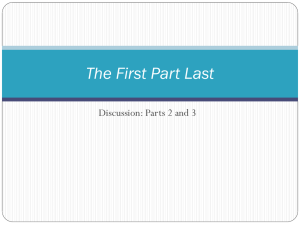
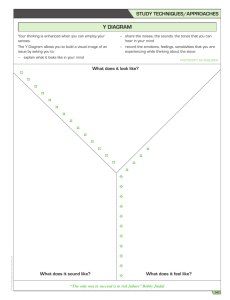
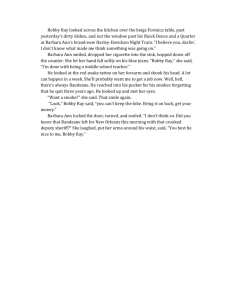
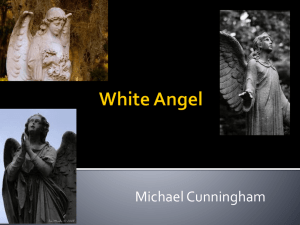
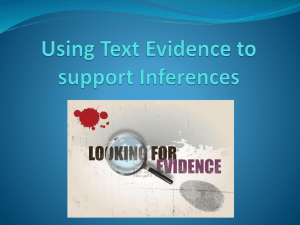
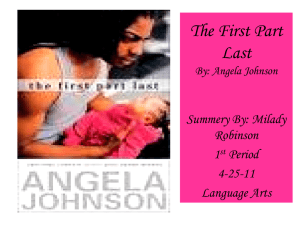
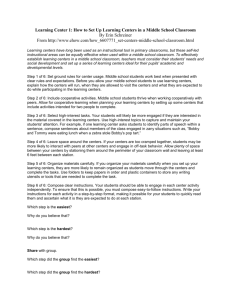
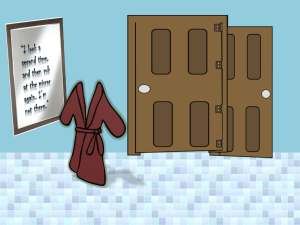
![20 Newsletter Term 2 Wk 5 2015 Week 21 [doc, 6 MB]](http://s3.studylib.net/store/data/008023078_1-d43f4e297d723ece5fe4fb96794f8419-300x300.png)
